"Passion for Perfection" @ De Nieuwe Kerk in Amsterdam
Portrait miniature of the Qajar ruler, Fath‘ali Shah, Iran, early 19th century. Gold sheet, painted with opaque and translucent enamels, JLY 1231 © Nour Foundation
AMSTERDAM.- De Nieuwe Kerk in Amsterdam presents highlights from one of the world’s most renowned collections of Islamic art. Passion for Perfection will include some 500 objects from the collection of Professor Nasser D. Khalili. On view through April 17 2011, De Nieuwe Kerk glitters with richly illuminated Qur’ans and manuscripts, paintings, gold, jewels, textiles, ceramics, glassware, lacquerware, metalwork, and wood carvings. These are works of great historical and artistic value, illustrating the refinement and grandeur of Islamic art and bearing witness to a quest for perfect craftsmanship.
Passion for Perfection shows that Islamic art is a masterly expression, not of a single national culture or civilization, but of the many peoples joined by Islam for more than 1,400 years. At the same time, the exhibition demonstrates the passion and expertise of Professor Khalili, who has assembled an unrivaled private collection of exceptionally fine Islamic art objects. The exhibition designer is Siebe Tettero, particularly known for his work for the Van Gogh Museum, the Rijksmuseum in Amsterdam, and the fashion house of Viktor & Rolf.
The central theme of Passion for Perfection is the beauty and exquisite workmanship of Islamic art. The Islamic world is highly diverse, geographically and culturally, and more than thirteen centuries of Islamic artistry are represented in the Khalili Collections. It includes masterpieces from all over the Islamic world: from China and India to Iran and Iraq, from Egypt and Tunisia to Turkey and Spain.
The term ‘Islamic’ does not imply that all these works of art were made specifically for religious purposes; it is their artistic language that is rooted in Islamic philosophy, often reflecting local culture and traditions. Besides calligraphic decoration and geometric patterns, arabesques and elegant scrollwork, there is also a strong emphasis on representations of humans and animals, the latter tolerated only in secular contexts. Many such representations are found in miniature paintings and in virtually all of the branches of the decorative arts.
The exhibition is divided into themes such as Captivating Calligraphy, with magnificent illuminated Qur’ans and rare manuscripts dating from the 10th to the 19th century, Shining Showpieces, with ingeniously fabricated jewellery adorned with precious stones, as well as colourful enamels that belonged to India’s Mughal rulers, and Delicately Drawn, with the finest miniatures from Iran and India. One highlight is the Jami‘ al-Tawarikh, the first survey of Muslim history, written from the perspective of the Mongol conquerors by Rashid al-Din in 1314’1315.
Pendant in the form of an eagle, Mughal India, 18th century. Gold, cast and chased, set with foiled diamonds, rubies, emeralds, and sapphires in gold kundan, JLY 2151 © Nour Foundation
Calligraphic lion. Ahmed Hilmi. Otoman Turkey, 1913. Ink and watercolour on paper © Nour Foundation
Hemispherical bowl. Egypt, 10th century. Glass © Nour Foundation © Nour Foundation
Pair of earrings. Syria or Egypt, 10th or 11th century. Gold © Nour Foundation © Nour Foundation
Dagger. India, 18th century. Steel, jade, gold, rubies and emeralds © Nour Foundation
Thumb ring. Mughal India, 17th or 18th century. Nephrite jade, rubies, diamond, emerald, gold © Nour Foundation
The Giant 'Uj with Moses, Jesus and Muhammad. Iraq or Iran, early 15th century. Watercolour and gold on paper © Nour Foundation
Medallion. Iran, Afghanistan or Central Asia, 12th century. Turqoise-blue glass, moulded and stamped in relief © Nour Foundation
Shakyamuni offering fruit to the devil, from the life of the Buddha from The Jami‘ al-Tawarikh (Compendium of Chronicles) of Rashid al-DinIran, Tabriz, 1314–15 AD © Nour Foundation
Decorative attachment for astronomical instrument. Northern Iraq, Mosul, 13th century. Brass, cast and engraved © Nour Foundation
War Mask. Anatolia or Western Iran, late 15th century. Iron and steel, with beaten and engraved decoration © Nour Foundation
A girl with an Indian headdress from a copy of Firdawsi’s Shahnamah, c.1648 © Nour Foundation
The Main Dynasties of the Islamic world
| The Rightly Guided Caliphs | 632–661 | Arabian Peninsula, Iraq, Syria, Palestine, Egypt, Iran |
|---|---|---|
| Umayyads | 661–750 | Arabian Peninsula, Iraq, Syria, Palestine, Egypt, North Africa, Spain, Iran, Transoxiana |
| Abbasids | 750–1258 | Arabian Peninsula, Iraq, Syria, Palestine, Egypt, North Africa, Iran, Transoxiana |
| Umayyads in Andalusia | 756–1031 | Southern Spain |
| Samanids | 819–1005 | Transoxiana, Khorasan |
| Fatimids | 909–1171 | Egypt, North Africa, Southern Syria |
| Buyids | 932–1062 | Iraq, Western Iran |
| Ghaznavids | 977–1186 | Afghanistan, Khorasan, Baluchistan, Northwest India |
| Ghurids | c. 1000–1215 | Ghur (Afghanistan), Khorasan, Northwestern India |
| Seljuks | 1040–1194 | Iran, Iraq |
| Seljuks of Rum | 1081–1307 | Anatolia |
| Qara Khitay, or Western Liao | 1124–1220 | Central Asia |
| Zangids | 1127–1251 | Jazira (Northern Iraq), Syria |
| Ayyubids | 1169–1260 | Egypt, Syria, Diyarbakir, Western Jazira, Yemen (and until the late 15th century, Southeastern-Anatolia) |
| Mongol Great Khans | 1206–1368 | Mongolia / Mongolian Empire, China |
| Delhi Sultanate | 1206–1555 | Northern India |
| Khanate of the Golden Horde | 1227–1395 | Southern Russia, Western Siberia, Khwarezm |
| Nasrids | 1232–1492 | Granada |
| Mamluks | 1250–1517 | Egypt, Syria |
| Ilkhanate | 1256–1353 | Iran, Iraq, Eastern and Central Anatolia |
| Ottomans | 1281–1924 | Anatolia, Balkans, Syria, Egypt, North Africa, Iraq. and much of the Arabian Peninsula |
| Injuids | 1325–1353 | Fars (Southern Iran) |
| Jalayirids | 1340–1432 | Iraq, Azerbaijan, Western Iran |
| Kara Koyunlu (Black Sheep) | 1351–1469 | Eastern Anatolia, Iraq, Azerbaijan, Western Iran |
| Timurids | 1370–1507 | Transoxiana, Iran |
| Ak Koyunlu (White Sheep) | 1396–1508 | Diyarbakir and Eastern Anatolia, Azerbaijan, Western Iran, Fars and Kerman (Iran) |
| Safavids | 1501–1722 | Iran |
| Mughals | 1526–1858 | India |
| Qajars | 1779–1925 | Initially Northern and Central Iran; from 1794 onward, all of Iran |

/https%3A%2F%2Fprofilepics.canalblog.com%2Fprofilepics%2F1%2F0%2F100183.jpg)
/https%3A%2F%2Fstorage.canalblog.com%2F03%2F02%2F119589%2F96711876_o.jpg)
/https%3A%2F%2Fstorage.canalblog.com%2F11%2F31%2F119589%2F94773502_o.jpg)
/https%3A%2F%2Fstorage.canalblog.com%2F20%2F83%2F119589%2F94772815_o.jpg)
/https%3A%2F%2Fstorage.canalblog.com%2F26%2F72%2F119589%2F75604929_o.jpg)
/https%3A%2F%2Fstorage.canalblog.com%2F59%2F60%2F119589%2F26458628_o.jpg)
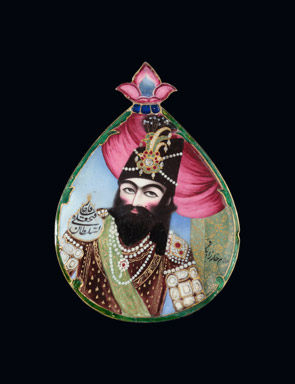
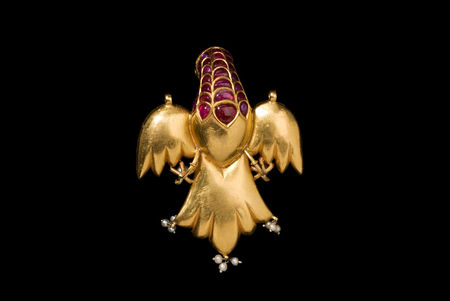

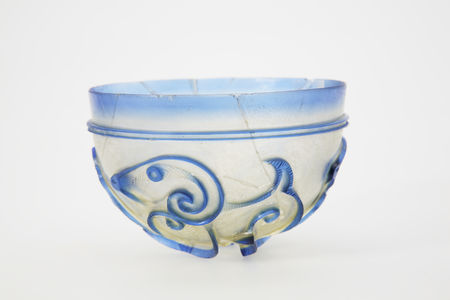

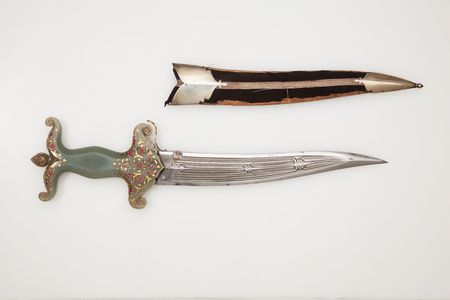

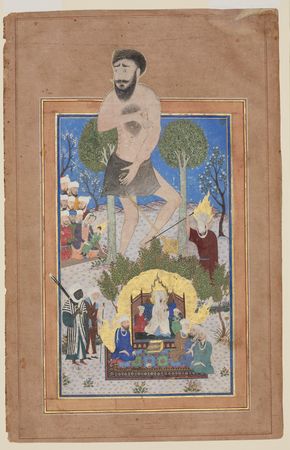



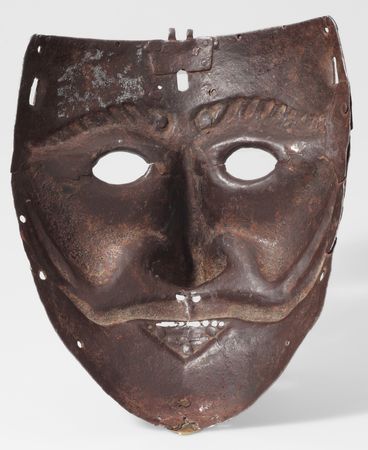



/http%3A%2F%2Fstorage.canalblog.com%2F00%2F00%2F119589%2F129758935_o.jpg)
/http%3A%2F%2Fstorage.canalblog.com%2F29%2F28%2F119589%2F129637299_o.jpg)
/http%3A%2F%2Fstorage.canalblog.com%2F88%2F37%2F119589%2F129631480_o.jpg)
/http%3A%2F%2Fstorage.canalblog.com%2F77%2F79%2F119589%2F129631259_o.jpg)